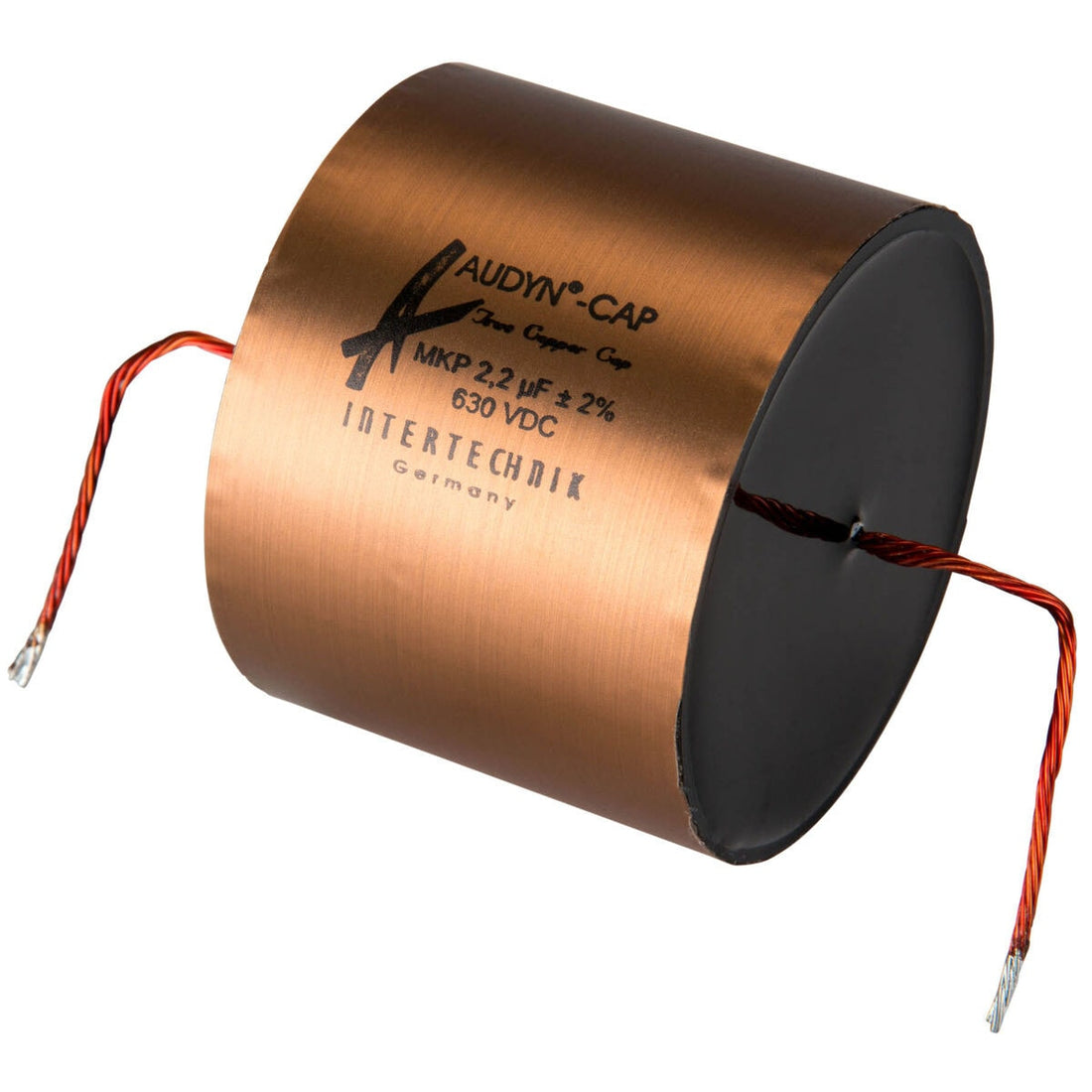Capacitors all sound different, especially when they are in the signal path.
Now, I didn't write that just to raise the hairs on the backs of engineers who scoff at such ideas. For those engineers, I would recommend skipping this post and returning tomorrow where we won't be broaching such controversial subjects.
For those remaining on the train, let me simply point out that in my experience, film capacitors always sound better than electrolytic when in the signal path.
And I will also point out that while it is common to see film capacitors on a preamplifier's inputs, it is rare indeed to see them on the outputs—despite the fact they sound better.
Why is that?
The answer's rather simple. Impedance. The lower the impedance a coupling cap must feed the bigger the capacitor in order to maintain full frequency response.
Input impedance is always significantly higher than output impedance. Thus the coupling cap on a preamplifier touting an output capable of feeding 1,000 Ohms has to be 100 times bigger than an input capacitor feeding 100,000 Ohms. (the exception to this is if you know the load the preamp is going to be driving, say the high input impedance of a power amplifier of known value, you don't need to have such a big cap on the preamp's output. Many capacitively coupled preamplifiers specify a minimum load impedance for the power amp - usually set by the size of the output cap)
Film capacitors are expensive enough to make as it is. The bigger they get the more they cost until it becomes absurd.
Of course, the best solution is what we call Direct Coupled. No capacitors in the signal path.
But, that's not always practical.
So now you know.








